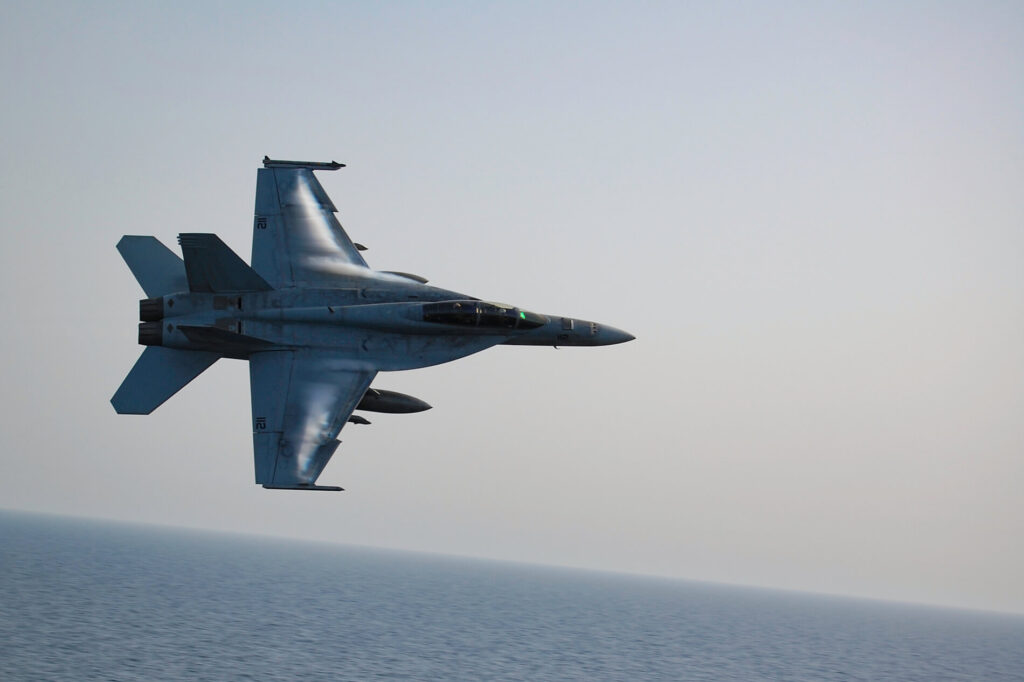It is well-known that not everyone can become a U.S. Air Force or Navy pilots. At first, candidates have to fit in the strict educational and physical requirements, then take intense pilot training sessions to finally be able to operate incredible aircraft.
Here are several differences between U.S. Air Force and Navy pilots, from the requirements to their various pilot wings.
Requirements
There are different requirements for becoming either a Navy or Air Force pilot.
For the U.S. Air Force (USAF), it is necessary to have at least a Bachelor’s degree from a university or the Air Force Academy. The next thing candidates have to meet is physical requirements such as being the age of 18-33, having citizenship of the United States and pass a Flying Class I physical exam, also being between 5’4″ and 6’5″ of height, having vision at least 20/40 in either eye for near-vision and at least 20/200 for distant-vision.
The Navy pilots’ requirements also include a Bachelor’s degree in science from an accredited college or university. Candidates must pass a test on the Aviation Selection Test Battery (ASTB) with a qualifying score. Moreover, candidates meet the physical requirements such as being the age between 19 and 31, having citizenship of the United States, passing an aviation physical exam, being 4’8″-6’5″ height for women or 5’2″-6’5″ for men. Also, it is a must to have a vision at least 20/40 in either eye for near-vision, and at least 20/200 for distant-vision.
Training
The USAF pilot training contains introductory flight training as the first part and specialized undergraduate pilot training as the second one. The first part includes 25 hours of hands-on flying for ROTC or Officer Training School graduates that lack a civilian pilot’s license. Also, students must learn introductory flight training concepts and flight techniques. The second part is a combination of classroom learning, simulator training and actual flying. It usually takes less than two years to go from indoc to winging in the Air Force.
The Navy pilot training takes the same amount of time to go from indoc to winging.
First of all, future Navy pilots take a six-week introductory course conducted at the Naval Aviation Schools Command. Also, the Navy pilot training continues with Training Air Wing Five at NAS Whiting Field or Training Air Wing Four at NAS Corpus Christi. Secondly, Naval pilots progress to one of four advanced flight training paths such as E-6B Mercury, multi-engine propeller aircraft, helicopters, tailhook aircraft. The main difference between the Air Force and Navy pilot training is that Navy pilots need to learn the extra skill of landing on aircraft carriers.
Aircraft
It is well-known that the U.S. Air Force and Navy pilots both operate some amazing aircraft, although there are some differences between these aircraft. Air Force fighter pilots are assigned to operate either the F-15C Eagle, the F-22 Raptor, the F-16 Fighting Falcon or the F-35A Lightning II. Navy fighter pilots currently fly either the one or two-seat version of the F/A-18 Super Hornet or the short take-off and vertical-landing (STVOL) variant of the Joint Strike Fighter, the F-35B. One more difference between these two pilots’ categories is the size of the aircraft they operate. Navy pilots use smaller aircraft, which are more proper for takeoffs and landings on the deck of an aircraft carrier. In the case of the F/A-18, it is also able to sustain the stress of a catapult-assisted take-off. Air Force pilots do not have that concern.
Pilot Wings
Any pilot that receives the certification to fly is given their wings. The Navy and Air Force pilots are not an exception. The particular type of wings represents the branches of the military. Air Force pilots earn silver wings with a big shield on the design. In the case of the Navy, pilots get golden wings with not only a large shield but also an additional tiny shield connected to a big anchor. Pilots of the U.S. Marine Corps and the Coast Guard also receive golden wings, while those of the U.S. Army Aviation Branch are silver. Some lucky pilots later upgrade it to an astronaut badge… but that is another story.
Do you know other essential differences between the U.S. Air Force and Navy pilots?
